Small Dog Breeds Pitbull
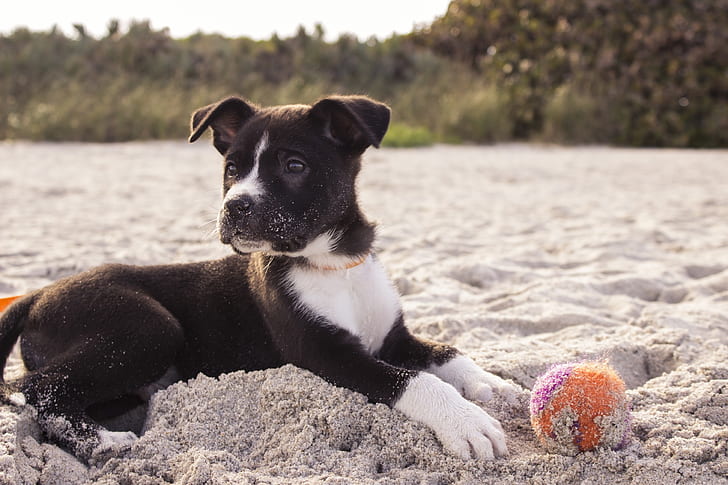
Small Dog Breeds Pitbull :- Have you ever encountered a pocket pitbull? These adorable pups possess all the endearing qualities of their full-sized counterparts but come in a smaller package, perfect for snuggles and affection.
Pocket pitbulls, born from the union of an American Pitbull Terrier and a Patterdale Terrier or another smaller bully breed, are around one-third smaller in both height and weight compared to their larger relatives. During my time volunteering at the local shelter, I had the pleasure of meeting many charming pitbulls and pitbull mixes, affectionately nicknamed “pocket pitbulls” for their smaller stature. I was pleasantly surprised by their beauty, affectionate nature, and playful spirit.
It’s essential to note that the term “pitbull” encompasses several breeds, including the Bull Terrier, American Staffordshire Terrier, and Staffordshire Bull Terrier, all descended from bulldogs and terriers. While they may vary in appearance and temperament, pocket pitbulls have gained popularity in recent years due to their adaptability to apartment living, portability, and compatibility with small children. Some even consider them miniature watch dogs, adding to their appeal as beloved family companions.
Where Did Pocket Pitbulls Come From?
Small Dog Breeds Pitbull Let’s delve into the parent breeds of the Pocket Pitbull: the Patterdale Terrier and the American Pitbull Terrier.
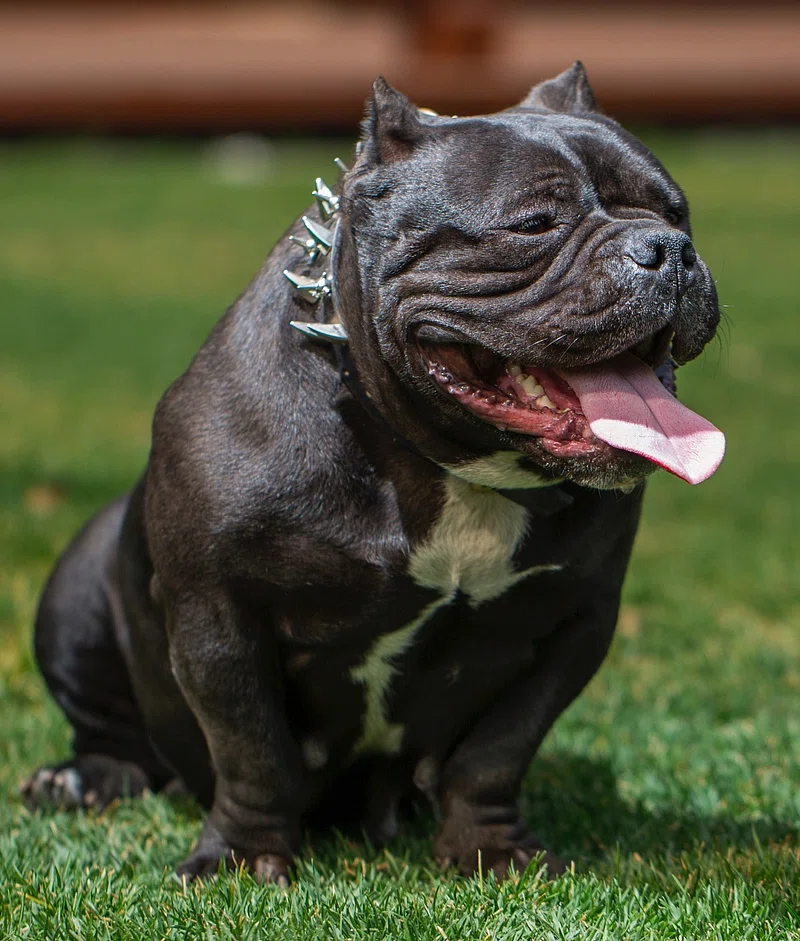
Patterdale Terriers stand as one of the last true working terriers, renowned for their hardworking nature and boundless energy. Originating from Northern England, they were initially valued for their prowess in the field rather than as companion animals. However, with proper training and exercise, they prove to be remarkably loyal pets, eager to please their owners.
On the other hand, American Pitbull Terriers were formally recognized as a distinct breed in 1898 by the United Kennel Club (UKC). The term “pitbull” encompasses various bull-type breeds, including the bull terrier, American Staffordshire Terrier, and Staffordshire Bull Terrier. Originally bred for hunting, particularly for capturing semi-feral livestock, they were selectively bred to maintain their pleasant personalities and avoid aggressive behavior towards humans. Upon arriving in America, they garnered attention for their utility and good temperament, leading breeders to focus on preserving these qualities while adapting them for household living, particularly in the case of the American Pitbull Terrier, which was desired in a smaller size suitable for domestic environments.
Small Dog Breeds Pitbull Breed Characteristics
Pit bull-type dogs are often characterized by their muscular, stocky builds, featuring deep chests and large, square heads. Renowned for their determination, they approach tasks with unwavering persistence, whether it’s mastering a new trick or excavating a hole in the yard. Additionally, they possess a natural affinity for people, including strangers, and thrive on attention and affection. However, their size and strength necessitate consistent training and socialization from an early age. Without proper guidance, they may exhibit challenging behaviors such as pulling hard on a leash or jumping up to greet people, which can be difficult to manage without intervention.
Types of Pit Bull Dog Breeds
American Bully: The American Bully, recognized by the United Kennel Club in 2013, is a relatively new breed developed in the ’80s and ’90s. It stems from crosses between the American Pit Bull Terrier and other bulldog-type breeds. Compared to its pit bull terrier ancestors, bullies are broader, more compact, and possess wider heads. Responsible breeding has emphasized their gentle and affectionate temperament. Despite their gentle demeanor, they require ample exercise and socialization to stay happy and healthy.
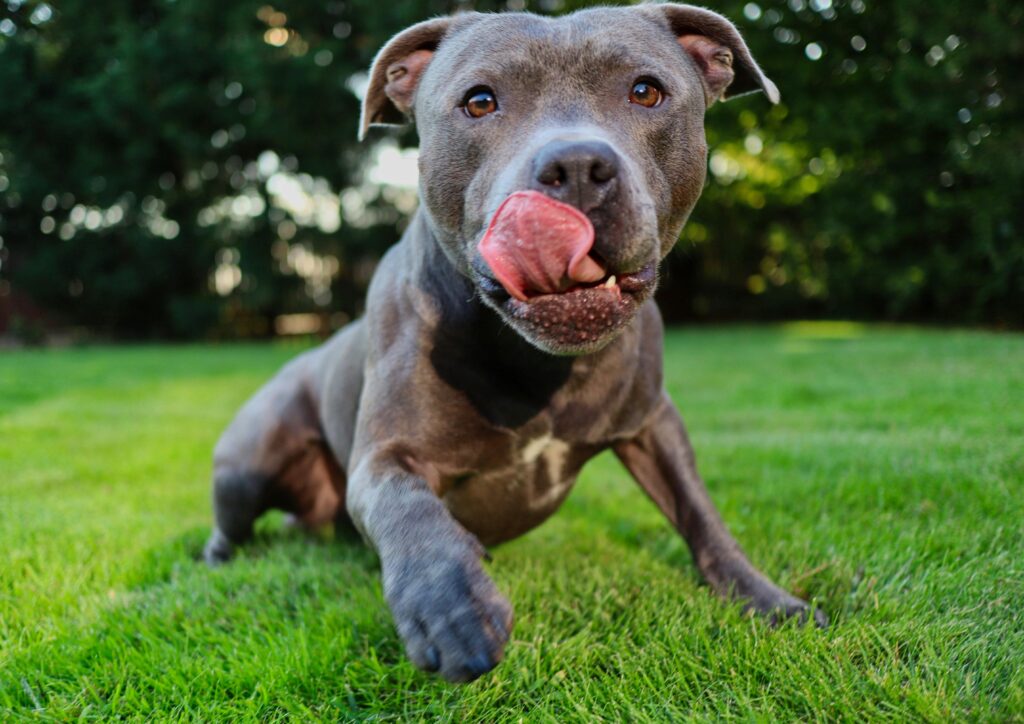
American Pit Bull Terrier: The American Pit Bull Terrier, recognized by the United Kennel Club, traces its origins to 19th-century terriers and bulldogs from the United Kingdom. Unfortunately, this breed has often been involved in dogfighting. While they may have a high prey drive and sometimes struggle with other dogs, they form strong bonds with their families and are known for their loyalty and affection. Adopters should be prepared to devote time to play, socialization, and exercise.
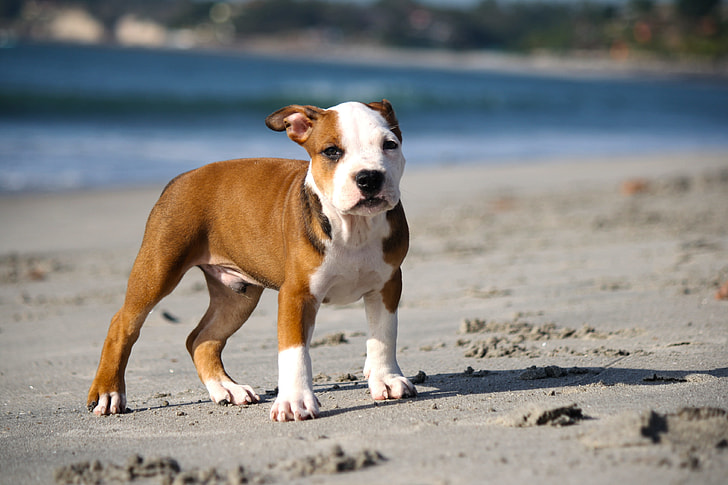
American Staffordshire Terrier: With roots in 19th-century English terriers and bulldogs, the American Staffordshire Terrier boasts a larger size compared to its English relatives. Less commonly used for fighting, Am Staffs tend to be mellow but may exhibit a high prey drive and occasional dog aggression. Nevertheless, they are loyal, playful, and good-natured with their families, thriving in households with ample time for interaction, play, and exercise.
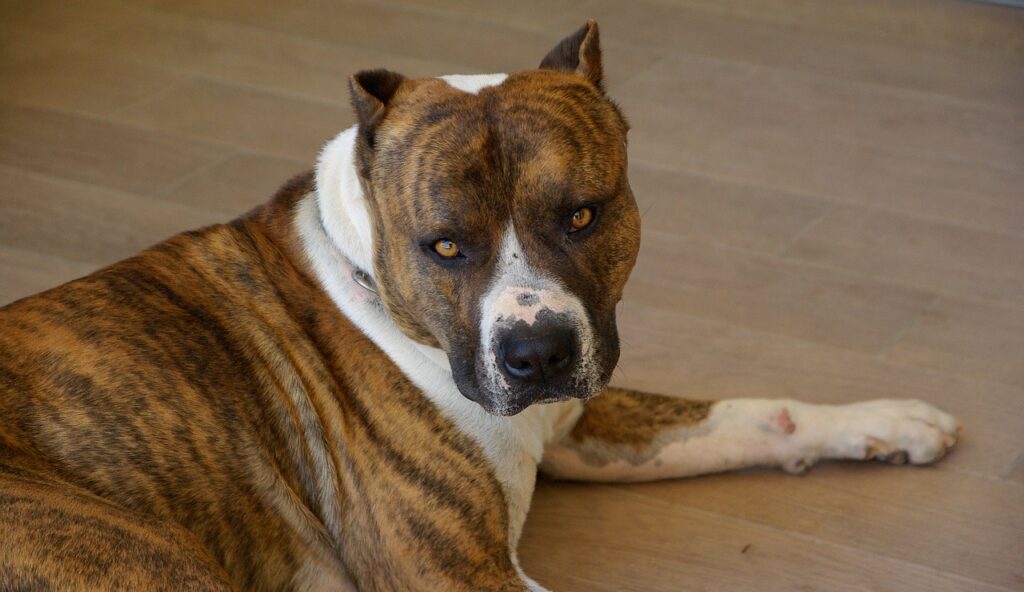
Staffordshire Bull Terrier: Despite a history associated with dogfighting, the Staffordshire Bull Terrier is revered today for its loyalty and affection towards its family. Known for their love of snuggling and patience with children, they require companionship throughout the day to avoid separation anxiety. People-focused and not always fond of other dogs, they suit active households capable of meeting their need for attention and exercise.
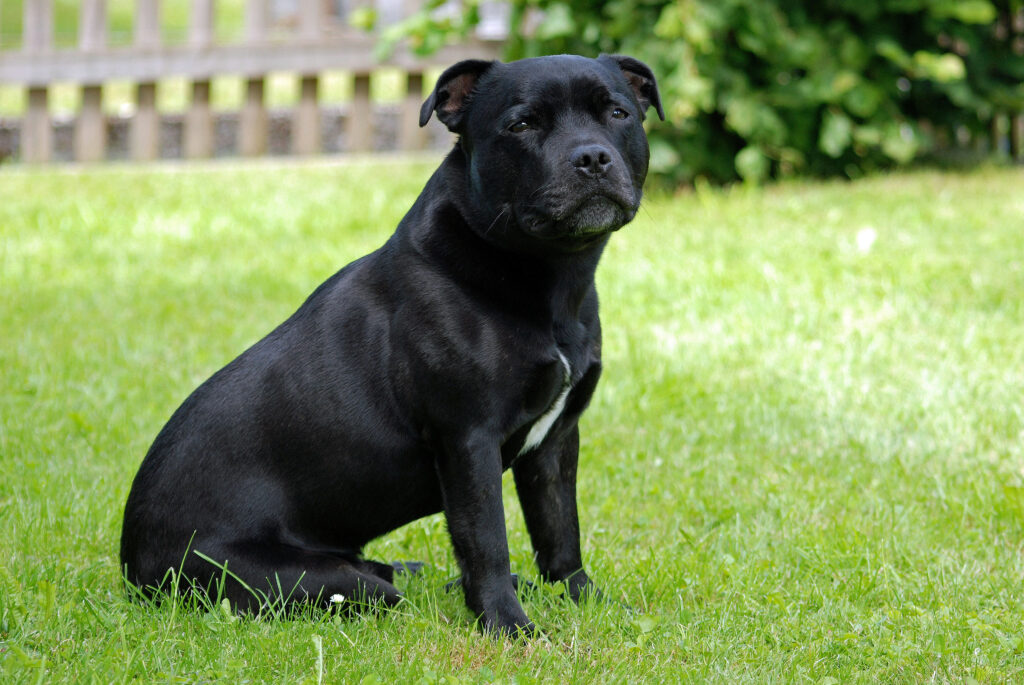
American Bulldog: Descendants of English bulldogs, American Bulldogs were initially bred in the 17th century for bull baiting. Despite their large size, they are affectionate with their families, often seeking lap time. While they adore children, they can be protective, necessitating early training and socialization to ensure friendliness towards outsiders.
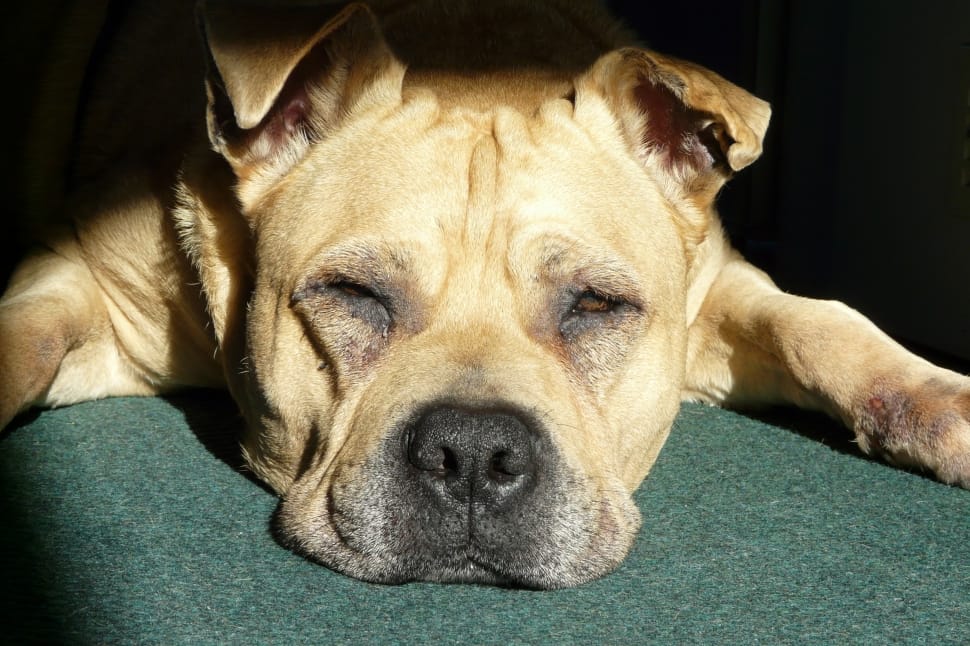
Small Dog Breeds Pitbull Living with a Pocket Pitbull
Determining whether a Pocket Pitbull is the right fit for your household involves considering several key factors:
Training: Pocket Pitbulls have hunting and guarding instincts that need proper management to prevent territorial behavior or aggression towards strangers. While they are intelligent, their energetic nature may lead to stubbornness in training, requiring patience and consistency.
Health: Pocket Pitbulls typically live for 11 to 13 years but may be prone to various health issues inherited from their parent breeds, including hyperthyroidism, brachycephalic airway syndrome, hip dysplasia, heart disease, eye problems, and skin allergies. Providing high-quality food and regular veterinary care are crucial for maintaining their health.
Grooming: With their short and shiny coat, Pocket Pitbulls are considered low-maintenance in terms of grooming. Regular brushing and skin checks are still necessary to monitor for any skin conditions or irritations.
Exercise: Pocket Pitbulls have high energy levels and require vigorous exercise, ideally at least an hour of outdoor activity per day. Their heritage as working dogs means they thrive with plenty of physical activity and mental stimulation.
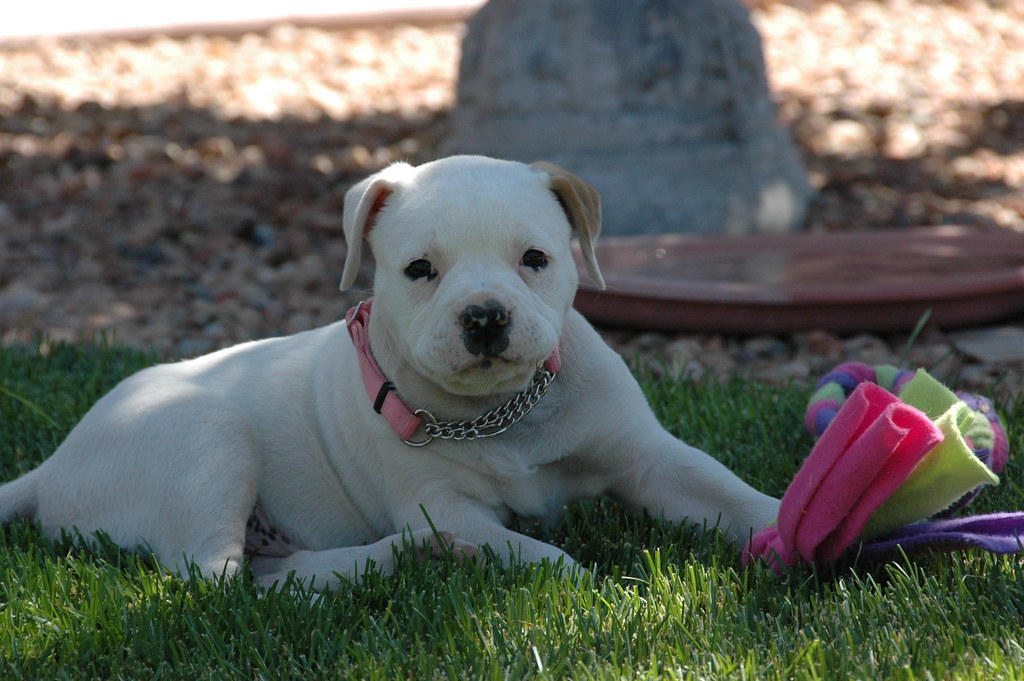
When seeking to add a Pocket Pitbull to your family, it’s essential to choose a reputable breeder to ensure the health and well-being of the dog. Proper training, healthcare, grooming, and exercise routines will contribute to a happy and fulfilling life for your Pocket Pitbull.




